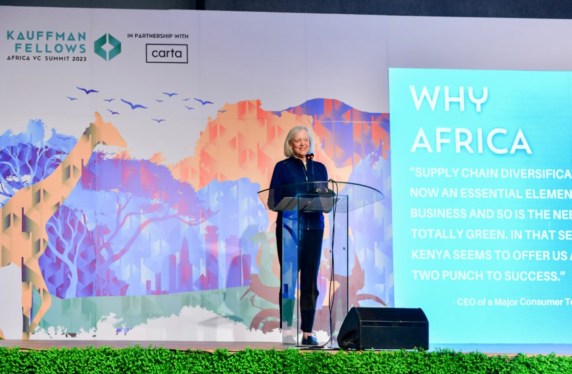Introduction
Last year marked a historic year for startups and venture capital. Global funding reached unprecedented levels, with companies ranging from tech giants to innovative startups receiving millions of dollars in investments. This surge in funding was driven by a combination of favorable market conditions, including improved investor confidence and increased corporate sponsorships. However, the distribution of this money has revealed some interesting patterns that entrepreneurs must be aware of.
Distribution Patterns: Where the Capital Goes
The allocation of venture capital funds is no longer random; it follows specific trends based on industry and company potential. Startups in high-growth sectors often receive larger investments compared to those in more established industries. For instance, tech startups with disruptive innovations tend to attract significant funding, while traditional e-commerce businesses may struggle to secure substantial capital.
Key Distribution Factors
-
Geographic Focus: Many investors prioritize companies based on their location. Startups in major hubs like Silicon Valley, New York, andLondon often receive higher allocations due to better infrastructure and access to talent.
-
Sectoral Precedence: Industries with successful precedent attract more investment. For example, artificial intelligence (AI) startups have gained significant attention in recent years, leading to a surge in funding.
-
Investor Preferences: Different investors specialize in specific areas. Founders of tech startups often seek growth-stage investments from venture capitalists focused on the tech sector.
Mobile: The Fast-Paced Industry
The mobile industry continues to be a hotspot for innovation and investment. Companies like Uber, Lyft, Airbnb, and others have carved out significant niches in this dynamic space.
Recent Trends
-
Ride-Sharing Services: Startups such as Uber and Lyft have consistently attracted substantial funding due to their massive user bases and significant market influence.
-
Tech Startups: Innovations in mobile apps, location-based services, and ride-sharing platforms are attracting capital. Companies leveraging AI-driven features or blockchain technology often secure large investments.
Biotech and Pharma: The Stable Investment Landscape
While the tech sector saw record funding, biotechnology and pharmaceutical companies have presented a more stable investment environment with higher returns on investment (ROI). This is attributed to favorable regulations and advancing healthcare needs.
Favorable Environment for Biotech
The pharma industry has become increasingly attractive to investors due to ongoing research and development activities. Companies specializing in innovative treatments for chronic diseases are gaining traction, attracting significant capital injections.
Implications for Entrepreneurs
Understanding the distribution patterns of venture capital is crucial for startups aiming for growth. Startups should carefully analyze their positioning within these trends to maximize their chances of securing funding.
Strategic Considerations
-
Research Grounding: Founders must ensure that their ideas are backed by solid research, aligning with current market conditions.
-
Regulatory Compliance: Leveraging new regulations can significantly enhance a company’s appeal. Startups should stay informed about emerging legal frameworks to improve their standing in the market.
-
Partnerships: Collaborating with complementary firms can strengthen a company’s position and facilitate access to capital.
Conclusion
The landscape of startup funding is evolving rapidly, influenced by both global trends and industry-specific factors. Entrepreneurs must stay attuned to these dynamics to navigate the competitive investment environment effectively.




